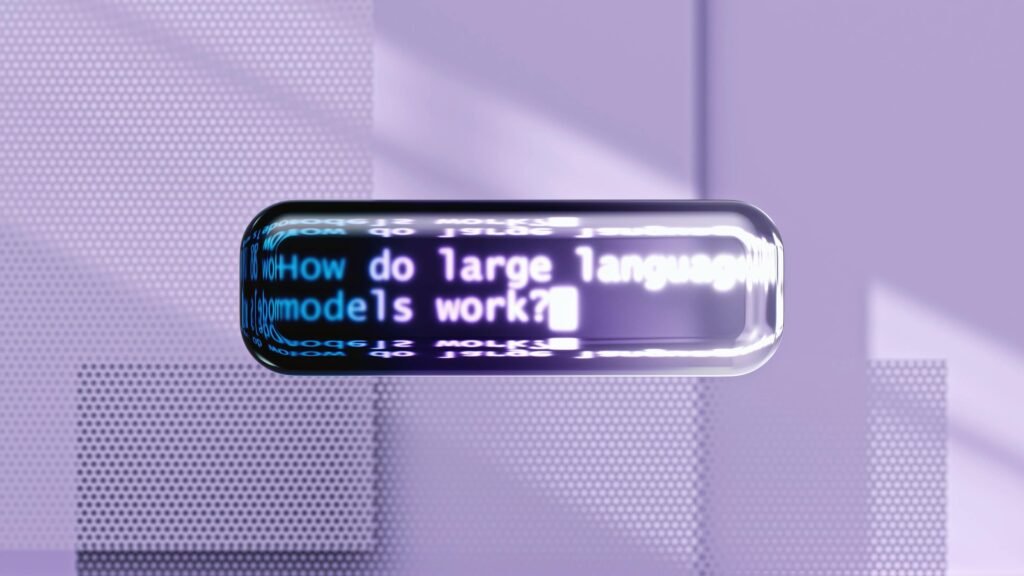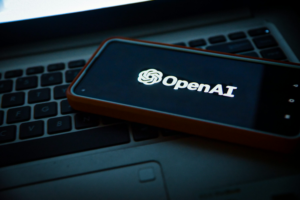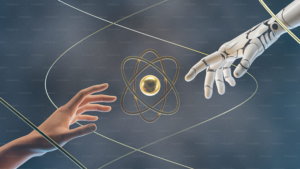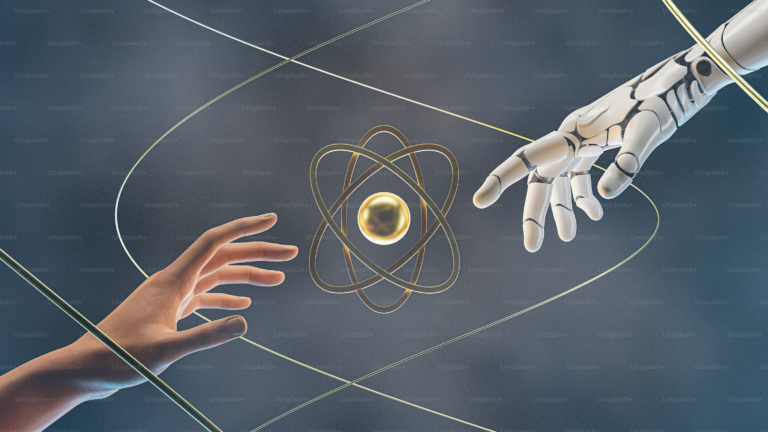
Artificial intelligence (AI) has become a transformative force, revolutionizing various aspects of our lives. One of its most intriguing capabilities is its ability to analyze vast amounts of data and make predictions. But can AI truly predict everything? Let’s delve into the power and limitations of AI in forecasting the future.
The Power of Prediction: Unveiling Hidden Patterns
AI excels at identifying patterns in data that humans might miss. By analyzing historical trends, economic indicators, and even social media sentiment, AI models can make surprisingly accurate predictions about everything from stock market fluctuations to weather patterns.
- Market Movements: AI algorithms can analyze financial data to identify potential trends and predict market movements. While not foolproof, these predictions can be valuable tools for investors.
- Weather Forecasting: AI is transforming weather forecasting by processing complex atmospheric data and generating more precise and localized predictions.
- Consumer Behavior: Retailers are leveraging AI to predict customer behavior and personalize shopping experiences. Understanding buying patterns allows them to optimize inventory management and targeted marketing campaigns.
The Limits of Foresight: The Butterfly Effect and the Unknown
However, AI prediction is not infallible. Several factors limit its ability to see the future perfectly:
- Unforeseen Events: The world is a complex system, and unexpected events like natural disasters, political upheavals, or technological breakthroughs can throw even the most sophisticated AI models off course. This is often referred to as the “butterfly effect,” where a seemingly minor event can have significant and unpredictable consequences.
- The Limits of Data: AI predictions are only as good as the data they’re trained on. If the data is incomplete, biased, or inaccurate, the resulting predictions will be unreliable. Garbage in, garbage out, as the saying goes.
- The Human Factor: Human behavior is inherently unpredictable, driven by emotions, free will, and individual choices. AI models struggle to account for these variables, making it challenging to predict human actions with absolute certainty.
The Future of Prediction: Collaboration and Continuous Learning
The future of AI prediction lies in collaboration between humans and machines. Here’s what we can expect:
- Human Oversight: AI predictions should be used as informed suggestions, not absolute truths. Human expertise and judgment are crucial for interpreting AI outputs and making sound decisions.
- Evolving Algorithms: As AI technology and data collection methods advance, algorithms will become more sophisticated and better at incorporating unforeseen variables, leading to more robust predictions.
- Focus on Probability, Not Certainty: AI predictions are likely to shift from pronouncements of absolute certainty to probabilities of future events. Understanding the likelihood of different outcomes can be just as valuable as knowing a single definitive answer.
Beyond Prediction: The Power of AI in Risk Management
Even with limitations, AI prediction remains a powerful tool. While it might not tell us exactly what the future holds, it can help us understand the range of possibilities and make informed decisions. AI can be used for risk management, identifying potential problems before they occur and allowing us to take proactive measures.
The Final Verdict: A Tool, Not a Crystal Ball
AI is a powerful tool for prediction, but it’s not a magic crystal ball. By understanding its strengths and limitations, we can leverage AI’s capabilities to navigate an uncertain future with greater awareness and preparedness. The future remains unwritten, but AI can help us write the best possible story.








